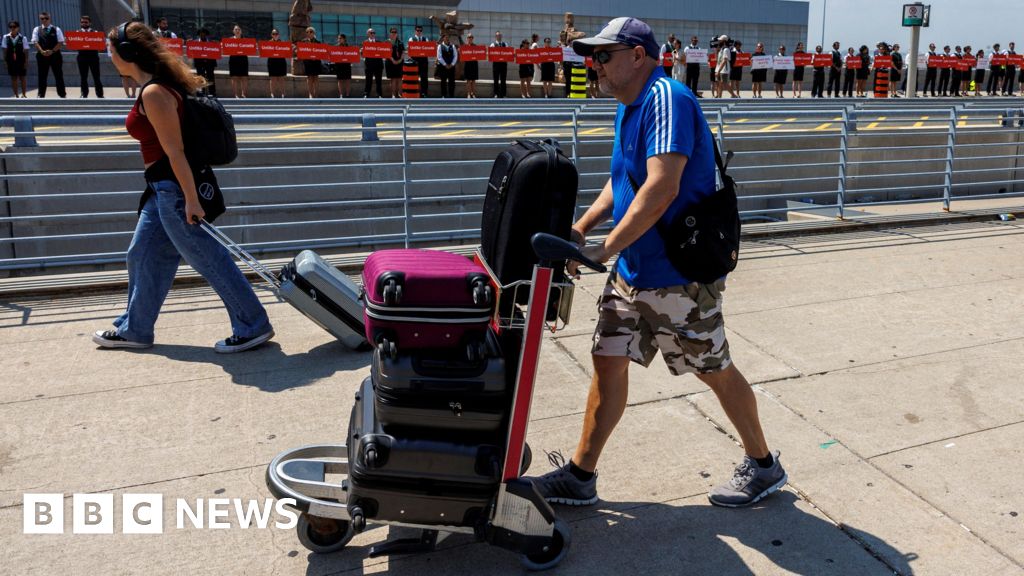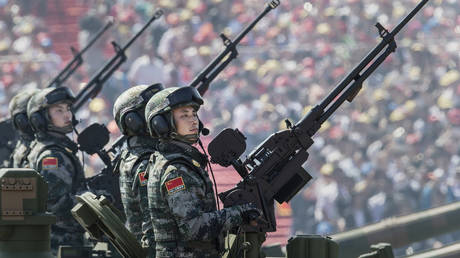Exploring the Different Types of Store Formats for Retail Success

When you think about shopping, it’s important to recognize the different types of stores available. Grocery stores and supermarkets provide crucial food and household items, as you shop. Convenience stores offer quick access to necessities, often at a premium. Discount retailers focus on affordability, and specialty stores cater to unique interests. Comprehending these categories can help you make informed choices. Next, let’s explore how department stores and chain stores fit into your shopping strategy.
Key Takeaways

- Grocery stores and supermarkets focus on food and household necessities, providing an efficient shopping experience through organized layouts.
- Convenience stores offer quick access to everyday items and extended hours, typically located near busy areas.
- Discount retailers provide affordable products, targeting budget-conscious shoppers while often hiring entry-level employees.
- Specialty stores cater to specific product categories, allowing for personalized service and a wider range of brands.
- Department stores and chain stores offer diverse products under one roof, with consistent experiences across multiple locations.
Grocery Stores and Supermarkets

When you step into a grocery store, you’re typically greeted by a well-organized space dedicated to food, beverages, and household necessities. Grocery stores, which average around 38,000 square feet, focus on crucial items, making them accessible in both urban and rural areas.
Conversely, supermarkets serve as larger self-service retailers, offering a wider variety of products across multiple departments. Retail store examples of supermarkets include Kroger, Whole Foods Market, and Safeway, each providing a mix of organic and conventional items.
These are just two categories of stores within the broader types of retail stores. Their loop configuration improves navigation, allowing for a more efficient shopping experience, eventually catering to your everyday consumer needs.
Convenience Stores

In today’s fast-paced world, convenience stores play an essential role in meeting the immediate needs of consumers.
These small retail shops, typically around 2,400 square feet, provide quick access to everyday necessities like snacks, beverages, and household goods. Located near busy roads or community hubs, convenience stores often operate extended hours, making them easily accessible.
Although they typically feature higher prices than larger supermarkets because of the convenience factor, many additionally offer extra services, such as fuel stations and ATM access.
Popular examples of retail companies in this category include 7-Eleven, Speedway, and Sheetz.
As a key type of retailer, convenience stores help define the diverse terrain of retail shop categories available to consumers today.
Discount Retailers

Discount retailers serve as a vital resource for consumers seeking affordable grocery and household products without sacrificing quality.
These stores typically sell items at lower prices than traditional retail stores by utilizing strategies like overstock sales and liquidated merchandise. As a result, you’ll find a variety of products that cater to budget-conscious shoppers.
- Examples of popular discount retailers include Walmart and Dollar Tree.
- They focus on customer savings and accessibility, making crucial products available to everyone.
- Discount retailers often provide opportunities for entry-level job seekers, frequently hiring high school students and recent graduates.
Specialty Stores

Specialty stores play a crucial role in the retail environment by concentrating on specific product categories, which allows them to offer a wider range of brands and products within that niche. These types of retail stores provide deep assortments that improve your shopping experience and expertise. Store sizes can vary greatly, from small boutiques around 2,000 square feet to larger outlets up to 60,000 square feet. Common layouts include free-flowing designs for smaller shops and grid configurations for larger ones. Specialty stores cater to targeted markets, allowing for personalized service and customized marketing.
| Example of Store | Category of Retailers |
|---|---|
| Craft Shops | Arts & Crafts |
| Furniture Stores | Home Furnishings |
| Sporting Goods Retailers | Sports Equipment |
| Pet Supply Stores | Animal Care |
Department Stores

Department stores serve as an extensive shopping destination for consumers, offering a vast array of products under one roof. These large retail establishments typically feature distinct sections that include various types of goods, making it easy to find what you need.
– Common examples of department stores include Macy’s, Kohl’s, and Nordstrom.
They usually have a loop layout to improve customer navigation and shopping experience. As perceived as pricier than discount retailers, they often attract customers with seasonal sales promotions.
Understanding the retail store meaning helps you categorize these commercial stores examples among the different types of retail stores. Consequently, department stores represent a significant segment within the types of retailers with examples that consumers frequently visit for diverse product offerings.
Chain Stores

Chain stores play a crucial role in the retail environment, as they consist of multiple locations operating under a single brand identity, which guarantees a consistent shopping experience for customers.
These types of retail businesses benefit from bulk purchasing leverage, allowing them to offer competitive pricing compared to independent retailers. You’ll find well-known examples like Walmart, Starbucks, and McDonald’s, each with thousands of locations worldwide, showcasing their reach in the market.
In addition, chain stores provide various entry-level job opportunities, making them attractive for those entering the workforce.
Whether local, national, or international, these different types of retailers contribute greatly to the retail shopping definition, ensuring familiarity and reliability across various types of stores.
Internet Retailers

In the current online era, internet retailers have transformed the way consumers shop by providing unparalleled convenience and accessibility. These types of stores operate exclusively online, allowing you to shop from anywhere at any time without the need for physical visits.
The growth of this sector, especially during the COVID-19 pandemic, highlights the shift toward online shopping for safety and ease.
Key features of internet retailers include:
- A broader product range compared to traditional stores, unhindered by physical shelf space.
- Diverse job opportunities in logistics, customer service, and IT within the retailing business.
- Major platforms like Amazon, eBay, and Shopify, enabling small businesses to reach global audiences.
This evolution reflects the changing environment of different types of retail shops today.
Frequently Asked Questions

What Are the 9 Different Types of a Retail Store?
You’ll find nine different types of retail stores, including department stores, supermarkets, specialty stores, discount stores, and convenience stores.
Department stores offer a wide range of products across various categories, whereas supermarkets focus on food and household items.
Specialty stores cater to niche markets, and discount stores provide lower-priced options.
Convenience stores supply everyday necessities in smaller formats, ensuring quick access for shoppers.
Each type plays a unique role in the retail environment.
What Types of Stores Are There?
There are several types of retail stores designed to meet various consumer needs.
Department stores, like Macy’s, offer a wide range of products across categories.
Supermarkets focus on food and household items, providing a self-service experience.
Specialty stores, such as those selling athletic gear, cater to specific interests, whereas discount stores, like Walmart, offer lower prices through bulk purchasing.
Each store type serves unique shopping preferences, enhancing your retail experience.
What Are the Most Profitable Types of Stores?
The most profitable types of stores include grocery stores, department stores, discount retailers, specialty stores, and e-commerce platforms.
Grocery stores thrive on consistent foot traffic for daily needs, whereas department stores attract diverse consumers with various products.
Discount retailers like Walmart leverage high-volume sales at lower prices.
Specialty stores can command premium prices for niche items, and e-commerce giants like Amazon benefit from the growing trend toward online shopping, contributing greatly to retail revenue.
What Are the Three Types of Stores?
The three main types of stores are physical stores, online stores, and hybrid stores.
Physical stores, like grocery and department stores, allow you to browse and buy products in person.
Online stores, such as Amazon and eBay, let you shop from home without a physical location.
Hybrid stores combine these two approaches, enabling you to shop in-store or order online for delivery or pickup, offering flexibility to meet your shopping preferences effectively.
Conclusion

Grasping the seven fundamental types of stores can greatly improve your shopping experience. By recognizing the unique offerings of grocery stores, convenience stores, discount retailers, specialty stores, department stores, chain stores, and internet retailers, you can make informed decisions that best suit your needs. Each store type serves a specific purpose, whether you’re looking for everyday groceries, niche products, or online convenience. Familiarizing yourself with these options allows you to shop more efficiently and effectively, maximizing value and satisfaction.
Image Via Envato
This article, "Exploring the Different Types of Store Formats for Retail Success" was first published on Small Business Trends
What's Your Reaction?
 Like
0
Like
0
 Dislike
0
Dislike
0
 Love
0
Love
0
 Funny
0
Funny
0
 Angry
0
Angry
0
 Sad
0
Sad
0
 Wow
0
Wow
0

























































































